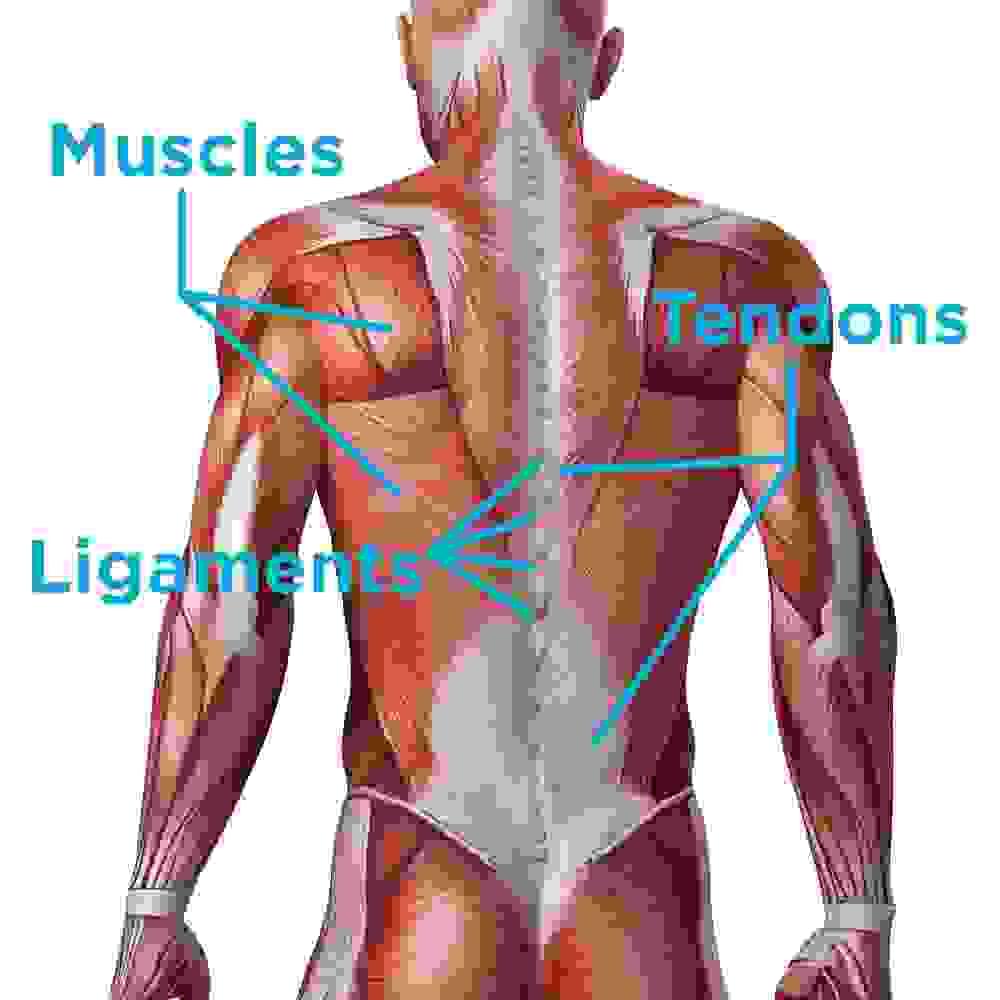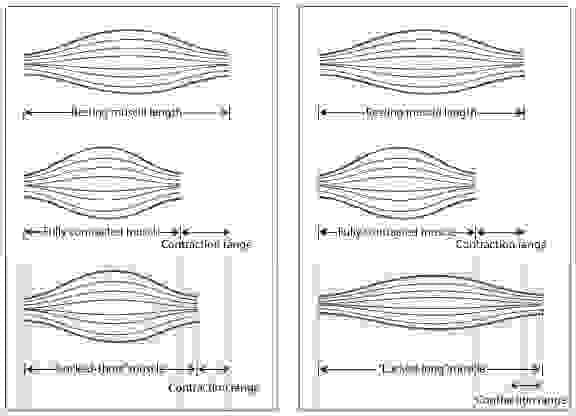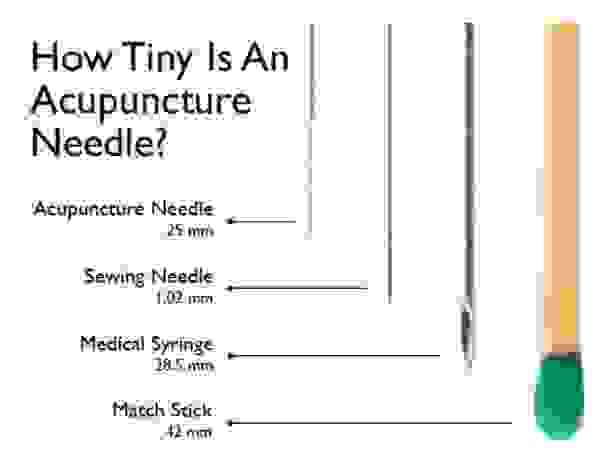

Wright To the Point Acupuncture and OM
Doctor of Acupuncture and Oriental Medicine
Acupuncture, Cupping, Guasha, Qi Gong, Dietary Therapy
- …

Wright To the Point Acupuncture and OM
Doctor of Acupuncture and Oriental Medicine
Acupuncture, Cupping, Guasha, Qi Gong, Dietary Therapy
- …

Orthopedic Acupuncture
- aka "Ah Shi" Treatments - aka Muscle Jump Treatment

What is it?
Orthopedic Acupuncture is a term used for a needling technique which resets tight, tense muscles quickly. It is great for sports injuries and chronic pain. It is a quick, in and out insertion as opposed to having needles in you for a period of time (which is what people are familiar with because the leave-in version is the one shown in movies and on tv.).
It dates back to at least the 1500's because Li Shizhen is quoted as saying "Do not neglect the Ah Shi points". "Ah Shi" in this sentence refers to points that are tight, and sensitive to the patient, "ah shi" means "that's it" which is what a patient would say if asked where it hurts as the practitioner palpated the area.
It is a technique that I often use when a condition is clearly a tense muscle situation for such problems that arise from sports, excess physical labor or repetitive motions. Tense muscles can cause muscle pain, but also pressure can lead to nerve pain or because the muscle shrinks when active it can lead to tendonal pain, joint pain or other pains. Once the muscle is released, this takes pressure of the connective tissues the muscle attaches to, so can relieve a lot of issues.

What Happens?
The practitioner palpates the pain area and determines which muscles are tight. These tight muscles are contributing to the problem of pain and by getting the tension to release, the body finally lets go allowing for relief of the pain.
The practitioner then does an insert into the muscle, which causes the muscle to twich, "jump" or just settle. This sensation the patient will feel, but the practitioner can also feel it under their finger, just like you can feel your muscles move under your skin when you do physical activity. With the needling, the muscle quickly snaps back to it's relaxed state, like a rubberband snapping back after being stretched.
Generally there is only one needle used for each insertion, but a few jumps can happen from a single insertion. Then the needle is removed and another is inserted for a different location or different muscle.
This is the muscle resetting out of it's active "tense" state into it's resting "soft" state. In other words, a tense muscle becomes a soft muscle again. As the muscles jump, the practitioner moves on to another muscle or another area of the same muscle to continue the release.

How does it feel?
At first the patient will feel sore in the area. This is because the tight muscle was acting as if it was continuously doing a strenuous activity, when the technique is performed the muscle goes back to a neutral or relaxed position. It is a soreness that is similar to what you feel when you finish working out. The muscles are tired and sore as if you just finished a workout. Then, rest will help it heal, and by the next day the patient's pain has significantly to completely subsided.
In many muscular related issues a single treatment can be all that is needed. Some conditions take more time. This technique has treated general muscle aches, "nerve pain", knee pain, plantar fasciitis, shin splints, headaches, tight necks, carpel tunnel syndrome and many other conditions.
Again, this is great for athletes, dancers, musicians, body builders and anyone who does a lot of physical labor or repetitive movements in daily activity.


